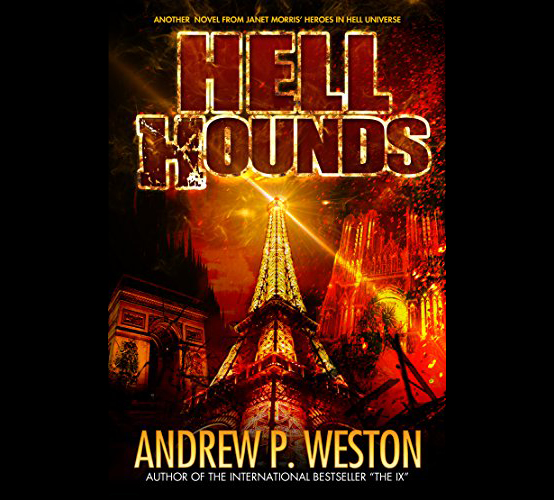
Some of the inner monologues are especially informative – watching a pleasantly awkward romance bloom, for example, tells us a little about the captain of one of the ships – and seeing the commander of a special forces team (and his men) visit the widow of another member is a beautifully crafted emotional moment. The sprawling cast has been trimmed back a bit, and it feels like there’s a tighter narrative focus on some key people, which works well. The characters were a bit thin in the first novel, so it’s nice to see some of them being built up a bit here. The text brings them all to life rather effectively. There’s all sorts of environments available, at any rate – from the aforementioned ship corridors, through to subterranean cave systems with sweeping, cathedral-like entrances. The tech has been well thought out, and seems plausible and consistent, and the environment of the ship is a suitable mix of camaraderie and claustrophobia. The ships are wonderfully described – elegant pieces of focused, brutal machinery, with a seemingly indomitable set of weaponry and, in at least one case, some efficient and charming AI. The big difference is the larger focus on shipboard life – as several crews work together in an effort to retake the colony worlds. There are small differences, which the author manages to layer in subtly. We do see some of the colonies, though they don’t feel too different from the home world – at least at a macro level. For a fledgling civilisation, concerned with the need for genetic diversity and concerned that horde remnants might surface on other worlds, the need to obtain and protect that sort of technology makes a great plot driver. The plan to reclaim some of these is ambitious and plausible, especially as some of the colonies were effectively classified research laboratories.

That said, the larger focus of the book is on the extra-planetary colonies – worlds settled before the outbreak of the Horde, overwhelmed and silent for millennia. We do get to see a bit more of the world, as characters patrol and scout across it, and there are tantalising hints of the society which existed before littered through the wreckage. There’s some discussion of the other cities scattered across the world, which will need to be reclaimed from nature and the scattered remnants of the Horde, the antagonists of the previous book. Our heroes are busy turning their swords into plowshares, spreading out from their fortified city into the surrounding countryside. I rather liked the first in the series, an action filled romp with some genuinely touching moments.Įxordium picks up shortly after the first book left off.


Weston’s sci-fi series, “The IX”, centred around a group of people displaced through time from various epochs, to defend a world against an unrelenting and insidious foe. Exordium Of Tears is the second in Andrew P.


 0 kommentar(er)
0 kommentar(er)
